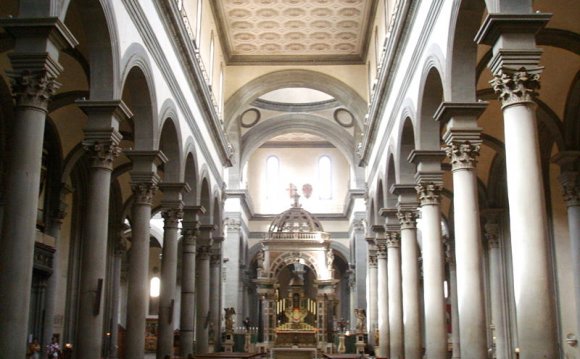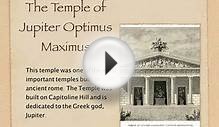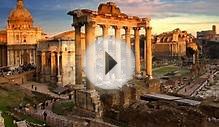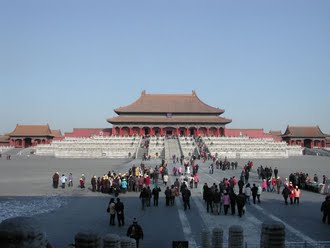
|
Influences As soon as Rome takes on importance politically and culturally - that is, as soon as adjoining Etruria has been subjugated and Carthage successfully challenged - the spirit that dominates the arts is that of the conqueror and the celebrator. Architecture, for instance, becomes dominated not by temples, but by the Forum or trading place, the basilica or public meeting-hall, the baths, the sports arenas, the theatres and circuses, many of which are constructed in colossal size, and lavishly ornamented. Later there are the palaces, triumphal arches, and ceremonial gateways. It seems incredible that Etruscan capabilities (in architecture and other arts) - so advanced at the time of the rise of Rome - should have disappeared so quickly following the Roman takeover of Italy. But the Greek influence, coming from Greek colonial cities in the south of the country, and from the Greek world of the eastern Mediterranean, rapidly became dominant. See also: Egyptian Architecture (3, 000 BCE - 200 CE). Please see especially, Middle Kingdom Egyptian Architecture and New Kingdom Egyptian Architecture. Building Techniques: Arch, Vault, Dome In architecture, however, the Romans absorbed some important techniques from the Etruscans before Greek influence was decisively felt. This included the arch and the vault, which were destined to carry Roman engineering into a development directly away from that of ancient Greece, who preferred "post-and-lintel" building methods to arches and domes. Thus was laid the foundation of the art in which the Italic peoples were to surpass the Hellenes: structural engineering. The vaulting techniques used by the Romans were the simple geometric forms: the semicircular barrel vault, the groin vault, and the segmental vault. The vault surfaces were typically covered with stucco or tiles. An excellent example of Roman vaulting is the Basilica of Constantine and Maxentius in Rome. A natural development of the vault was the dome, which enabled the construction of vaulted ceilings and the roofing of large public spaces such as the public baths and basilicas. The Romans relied heavily on the dome for much of their architecture, such as Hadrian's Pantheon, the Baths of Diocletian and the Baths of Caracalla. Characteristic of Roman architectural design was the construction of complex forms of domes to suit multilobed ground plans. The mastery by Roman architects and engineers of the arch, vault and dome - further enhanced by their development of concrete - helped them to solve the first problem of monumental architecture, which is to bridge space. Roofing a great area means carrying heavy materials across spaces impossible to span with the Greeks' simple post-and-lintel system. In the arch, and the vault that grew out of it, the Romans had a means of thrusting the massive Colosseum walls story above story, of covering a luxurious bathing hall that could accommodate three thousand persons, and of creating the majestic form of the Pantheon. Influence of Ancient Greece Although limited by their persistent use of post-and-lintel... |
RELATED VIDEO




 Chinese architecture refers to a style of architecture that has taken shape in East Asia over many centuries. The structural principles of Chinese architecture have remained largely unchanged, the main changes being only the decorative details. Since the Tang...
Chinese architecture refers to a style of architecture that has taken shape in East Asia over many centuries. The structural principles of Chinese architecture have remained largely unchanged, the main changes being only the decorative details. Since the Tang...








